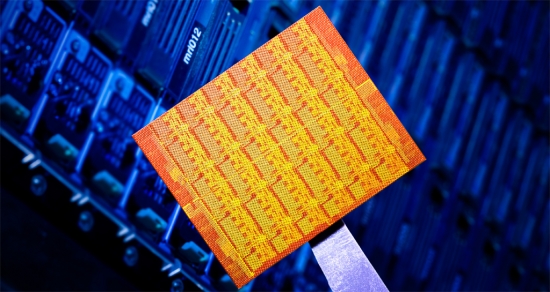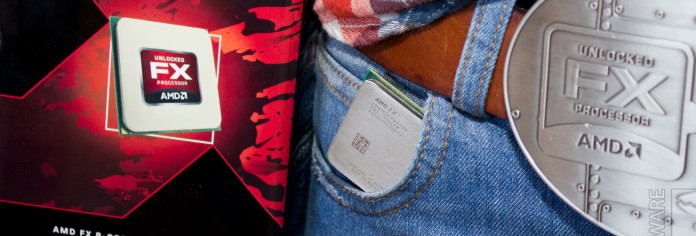AMD has launched, like Intel, processors sporting six processor cores and with its new Interlagos platform it has increased the number of ocres to 16 per processor for servers, but AMD doesn’t believe the “core war” will continue, the focus will instead be on efficiency.
Advanced Micro Devices CTO for servers Donald Newell says that even if the technology will be there for making processor with hundreds of cores by the end of the decade this will not be the most practical approach. Simply because most computers and servers will be more focused on efficiency and will not be interested in power consuming chipsets.
“There will come an end to the core-count wars. I won’t put an exact date on it, but I don’t myself expect to see 128 cores on a full-sized server die by the end of this decade,” påpekade Donald Newell i en intervju med IDG News Service
Rival Intel is currently spending a lot of monet on developing extremely parallel processors and has already started shipping models with 48 cores to researchers and developers, but Newell, who worked 16 years at Intel, made parallels to the clock frequency war that is more or less over where he also handed out some cracks about Intel’s NetBurst architecture.
“We thought we were going to build a 10GHz chip”[…]”It was only when we discovered that they would get so hot it would melt through the Earth, that we decided not to do that,” ska Newell skämtat om Intels planer för NetBurst-arkitekturen
Not surprisingly Newell and AMD believes that we will in stead rely on heterogeneous circuits where the processor is more like a SoC (System-on-a-chip) where we find individual circuits dedicated to different workloads and calculations. Something AMD is well on the way into with the new Fusion architecture and the upcoming Brazos platform. To where Intel is also heading with Sandy Bridge that like Fusion comes with an integrated graphics circuit and dedicated video processor. Much focus will be on the efficiency of the circuits, they should only consume as much power as absolutely necessary at a given time. Performance per watt will be the lead for future solutions as well.

48-core development processor from Intel
Source: PCWorld.com















